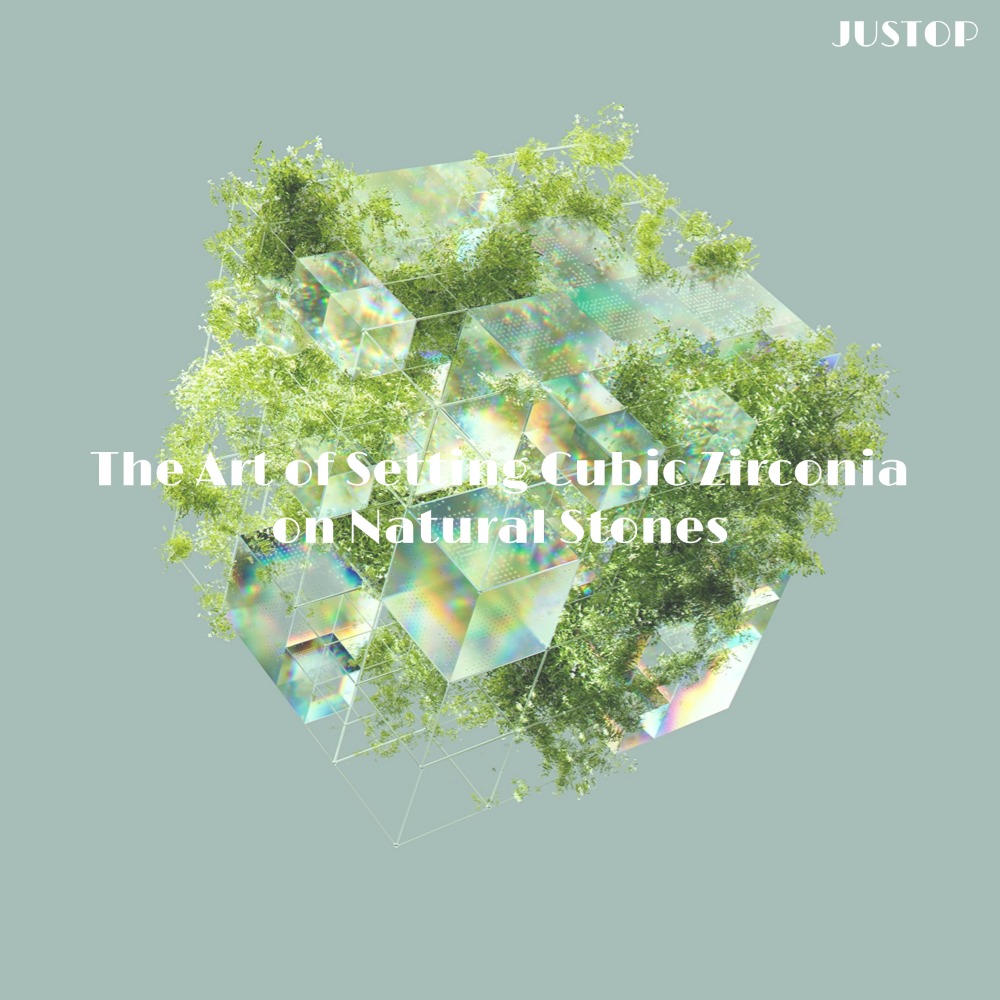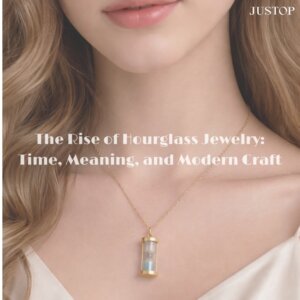A common design option for making distinctive and striking jewelry is to combine glittering cubic zirconia with real stones. Many jewelry enthusiasts are curious about the methods used to adhere zirconia on gemstones and whether doing so will harm the natural stone. The choice of gemstone setting methods and the craftsman’s level of skill determine the response.
Micro-Pave Setting – Safe and Elegant

One of the most refined methods is the micro pave setting. In this technique, tiny prongs or beads are raised from a metal surface surrounding the natural stone, securing multiple small zircon stones in place. This method creates a “starlight” effect, where zirconia glitters like scattered diamonds. Importantly, the process happens on the metal—such as in a bezel setting jewelry design—not on the gemstone itself. As a result, there is virtually no risk of cracking or damaging the natural stone. This makes micro-pave one of the safest and most widely used methods.
Drill Setting – Precision with Caution
Another option is the drill or inlay method, where small holes are carefully drilled directly into the natural stone. Zirconia is then inserted and secured, often with a strong resin or adhesive. This approach is what gives us striking pieces such as an inlaid stone ring or inlaid turquoise bracelets, where the gemstones appear seamlessly fused with decorative accents.
While this method can create beautiful stone inlay jewelry, it does carry risks. Drilling produces heat and vibration, which can cause cracks, especially in softer stones like turquoise, fluorite, or emerald. That’s why professional jewelers use precision tools, cooling fluids, and delicate handling. Done properly, this custom stone setting technique allows the stone to remain intact while showcasing an elegant design.
Balancing Risk and Design

The type of stone and desired appearance will determine whether you choose to drill or pave for your complicated pendant, gemstone ring, or even bracelet. Fragile stones are best suited to settings that work with surrounding metal, whereas harder stones, such as agate or chalcedony, handle drilling well. Jewelers frequently advise sticking with safer techniques for high-value gems, including micro-pave or diamond pave setting, where the zirconia’s brilliance enriches the item without coming into contact with the gemstone.
Professional Craftsmanship Matters
Ultimately, the key to success is craftsmanship. A trained artisan will evaluate the gemstone’s hardness, structure, and any internal fractures before deciding the best approach. Many jewelers refine these skills through a stone setting workshop, where precision and patience are emphasized as much as creativity.
Final Thoughts
It takes a careful balancing act between technical skill and artistry to add zirconia to jewelry made of natural stones. It is completely possible to produce stunning results without sacrificing the quality of the stone by using the proper gemstone setting techniques. Natural stones and cubic zirconia can shine harmoniously together thanks to contemporary setting techniques, whether it’s through the glimmer of a micro-pave band or the beauty of an inlaid turquoise design.




